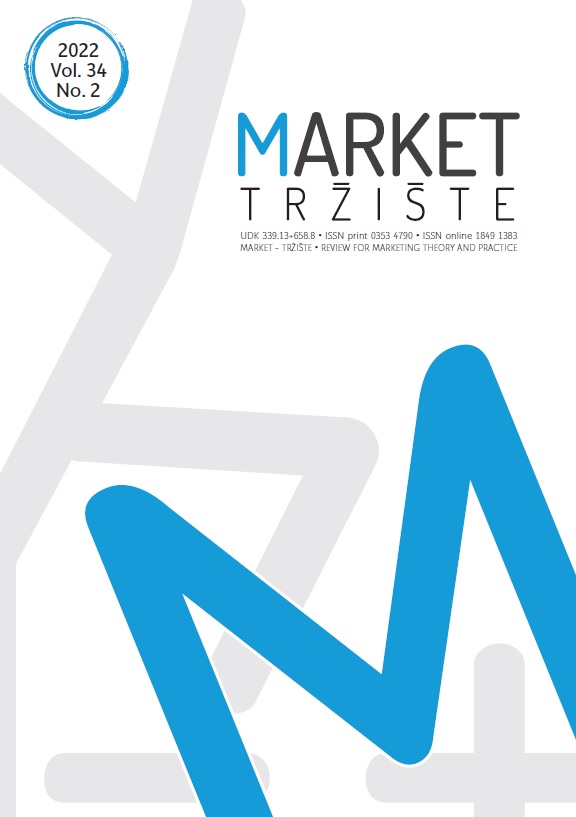The Impact of Market-Driven vs. Market-Driving Strategies on Products’ Short-Term and Long-Term Sales Growth
The Impact of Market-Driven vs. Market-Driving Strategies on Products’ Short-Term and Long-Term Sales Growth
Author(s): Goran Vlašić, Kristijan Keleminić, Branka DropulićSubject(s): Business Economy / Management, Marketing / Advertising
Published by: CROMAR (Hrvatska zajednica udruga za marketing) i Ekonomski fakultet Zagreb
Keywords: market-driving strategies; market-driven strategies; short-term performance; long-term performance;
Summary/Abstract: Purpose – This paper explores the role of two different strategic approaches in marketing – market-driven and market-driving strategies – in relation to company performance. These different approaches are related to two different competitive landscapes: (a) competitive landscape in which companies react responsively to consumer preferences, suited for market-driven strategies; and (b) competitive landscape in which companies proactively shape consumer preferences, suited for market-driving strategies. The aim of the paper is to explore the manner in which these approaches contribute to a company’s short- and long-term performance. Design/Methodology/Approach – An online survey was conducted among knowledgeable respondents in charge of marketing strategies in organizations (n=255). Data was analyzed using regression analysis with market focus, offer focus, competitive intensity, and product innovation as control variables. Findings and implications – Results indicate that, while a market-driven strategy leads to greater sales over a shorter time span, a market-driving strategy is the key for greater sales in the long run. With regard to longterm sales growth, results indicate that, although a market-driven strategy ensures short-term gains, it cannot be a source of long-term prosperity. This implies that, although market-driven strategies might have been a source of competitive advantage in the past, keeping in mind and responding to consumer preferences is a mere cost of competing nowadays and cannot be a source of sustainable competitive advantage (or of long-term prosperity). Limitations – Limitations arise primarily from the sample, which encompasses companies within only one EU country. Additionally, research relies on self-reported measures of variables. Originality – This paper contributes to the literature on market orientation by stressing the importance of separately considering two facets of market strategies (market-driven vs. market-driving strategies) given their varying roles in driving different aspects of performance.
Journal: MARKET/TRŽIŠTE
- Issue Year: 34/2022
- Issue No: 2
- Page Range: 205-217
- Page Count: 13
- Language: English

